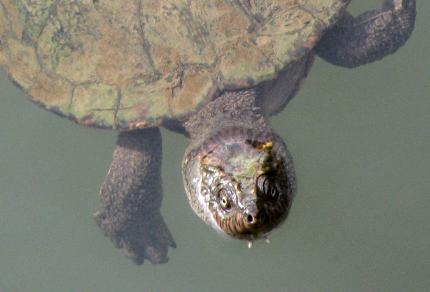Again last evening, the sound of steady rain lulled me to sleep, as did soothing melodies sung by frogs ensconced in our yard. I’ve identified only three frog species – green tree frog, ornate burrowing frog, cane toad – during our time in Australia, and, if I discount those thousands of baby cane toads I spotted one October morning in Fairfield Waters, have seen far fewer frogs than I’ve heard.
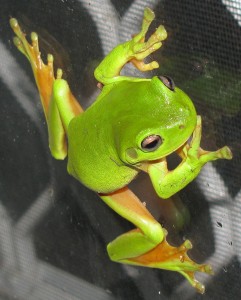
Green Tree Frog (© Vilis Nams)
The Wet that arrived in late December of 2009 prompted scores of male frogs to croak and bellow and tinkle out their anuran mating songs, which I have in my posts fondly referred to as frog operas, a term I think appropriate since human singers performing operas belt out mating songs, too. On our first trip to the Paluma rainforest, Vilis and I were utterly astounded by the cacophony of frog music, ornamented by that of birds and insects, that rolled out from the forest in gigantic waves of sound. Townsville’s frog operas have never achieved that amplitude, although they do give the wailing bush stone-curlews a run for their money some nights. Even during and immediately following daytime downpours, such as those which have fallen this past week, the Townsvillian frogs erupt into song, some voices projecting their desires from the ground, and others from trees. This morning, any such vocals that may have followed last night’s rain were drowned out by the roars of lawnmowers cutting Wet-fed grass.
Reptiles, I have seen far more frequently than amphibians in Australia, which makes sense, given that this country is home to at least 864 species,1 more than any other group of vertebrates. Garden skinks and other skink species dash around my yard, skittering over rocks and climbing palm trunks. From Tasmania to North Queensland to the Red Centre, Vilis and I have observed other skinks, as well as dragons, monitors, and snakes basking in the sun to increase their body temperature sufficiently for them to hunt and digest food. In more active behaviours, Vilis observed yellow-spotted monitors racing over desert sands in Western Australia, and I spotted a red-bellied black snake that dashed away from me in dense, wet vegetation in Oak Valley, as well as a green tree snake that nearly landed on me when it fell out of a tree beside the path I was cycling in Townsville. So, reptiles – some innocuous; some deadly – are a part of daily life in Australia. I’ve grown less paranoid about venomous snakes during our time here, and in recognition of the large role played by reptiles in the ecology of Australia, today offer the following collection of photos as a tribute to this country’s reptilian denizens.
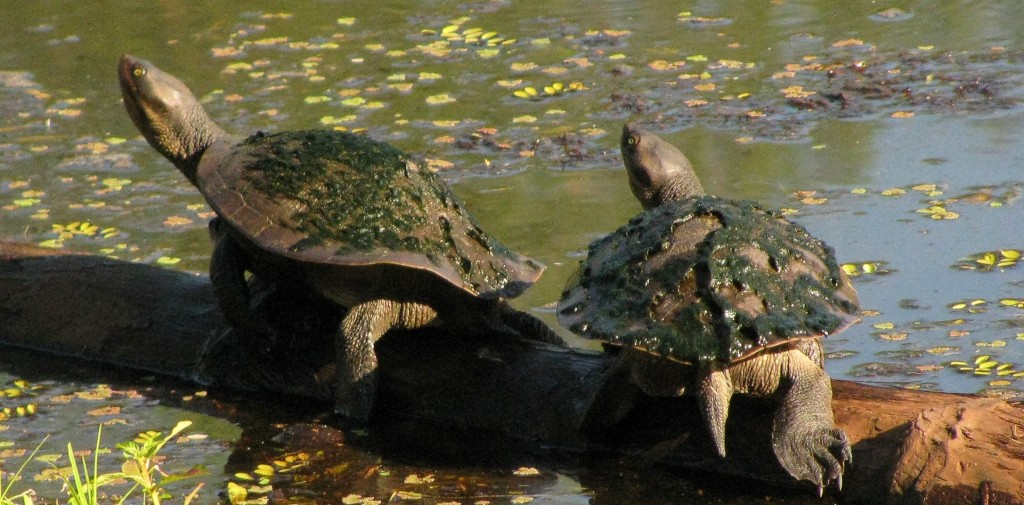
Macquarie Turtles at Cairns Botanical Gardens, Queensland (© Vilis Nams)
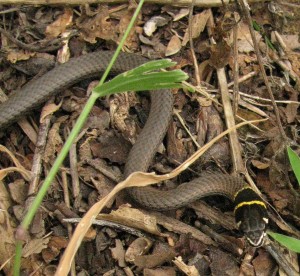
Collared Whipsnake, Many Peaks Range, Queensland (© Vilis Nams)
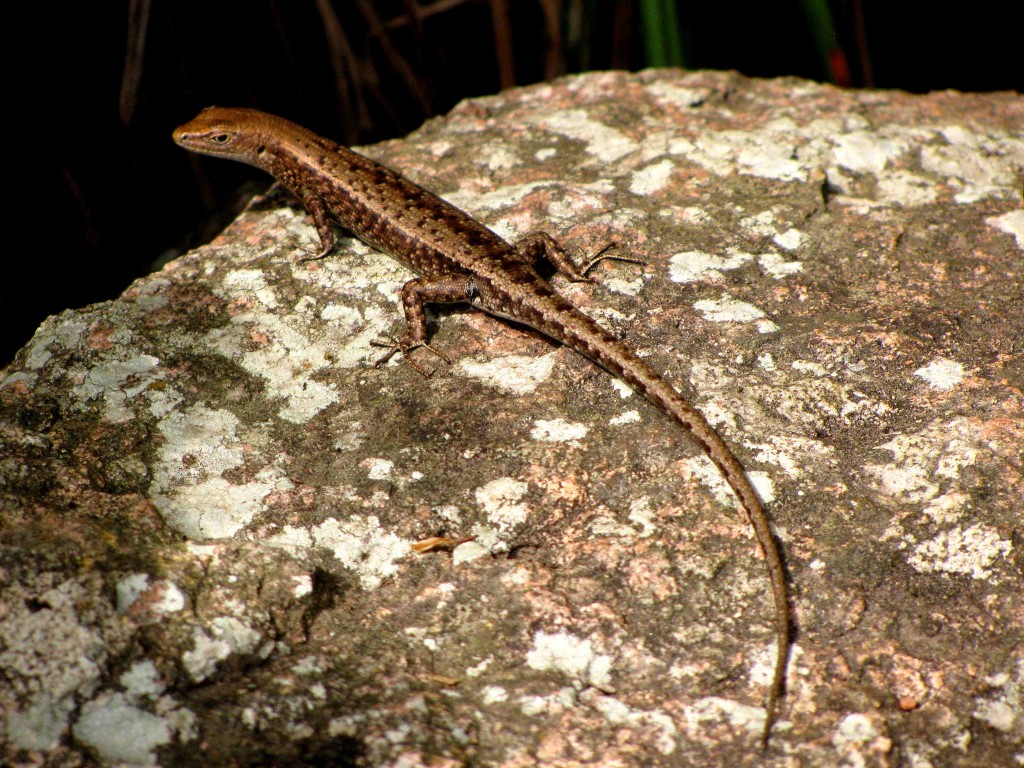
Restricted Sun Skink, Mount Stuart, Queensland (© Magi Nams)

Jungle Carpet Python, McNamee Creek Track, Misty Mountains, Queensland (© Vilis Nams)
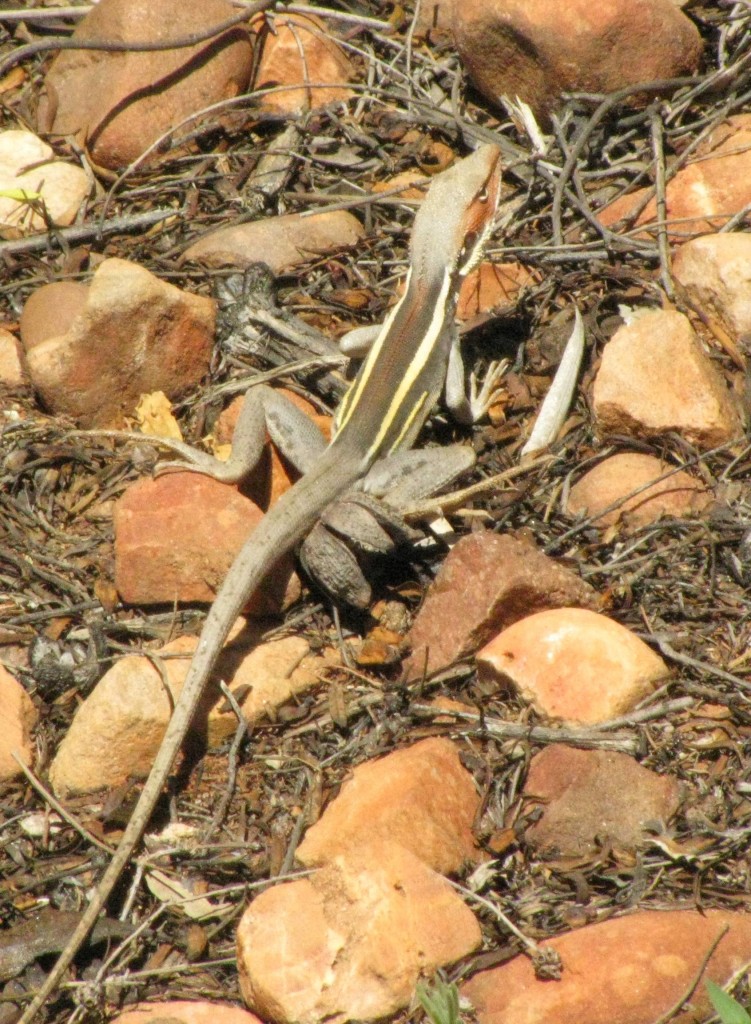
Long-nosed Dragon, Alice Springs Desert Park, Northern Territory (© Vilis Nams)
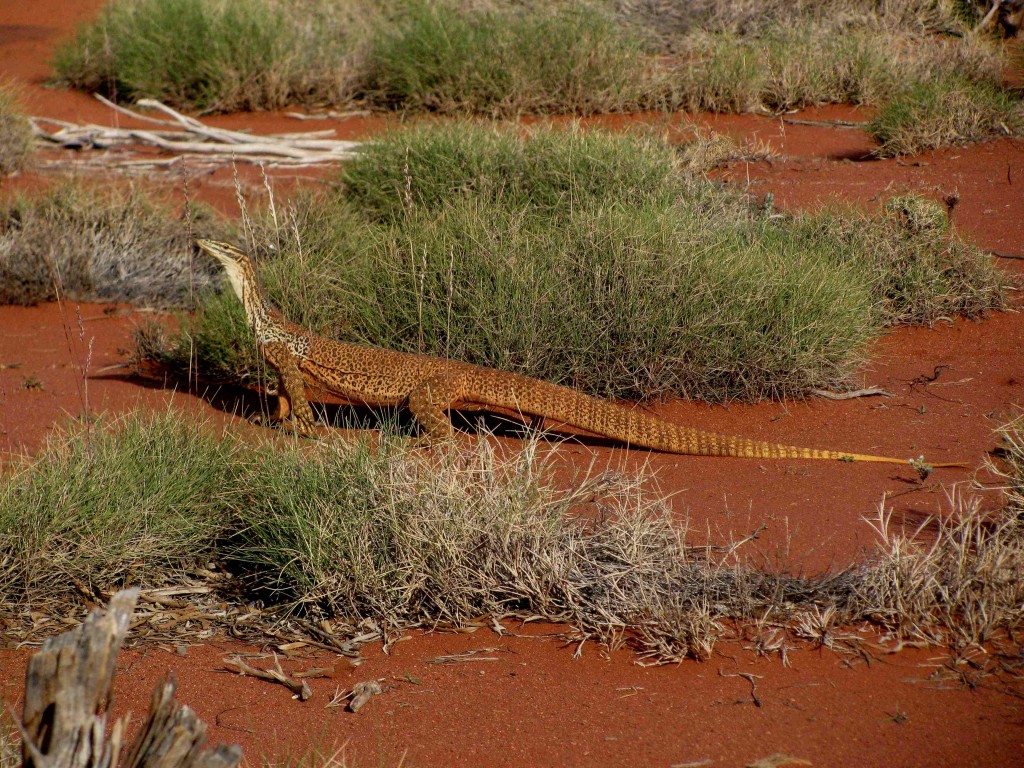
Yellow-spotted Monitor, Western Australia (© Janis Nams)
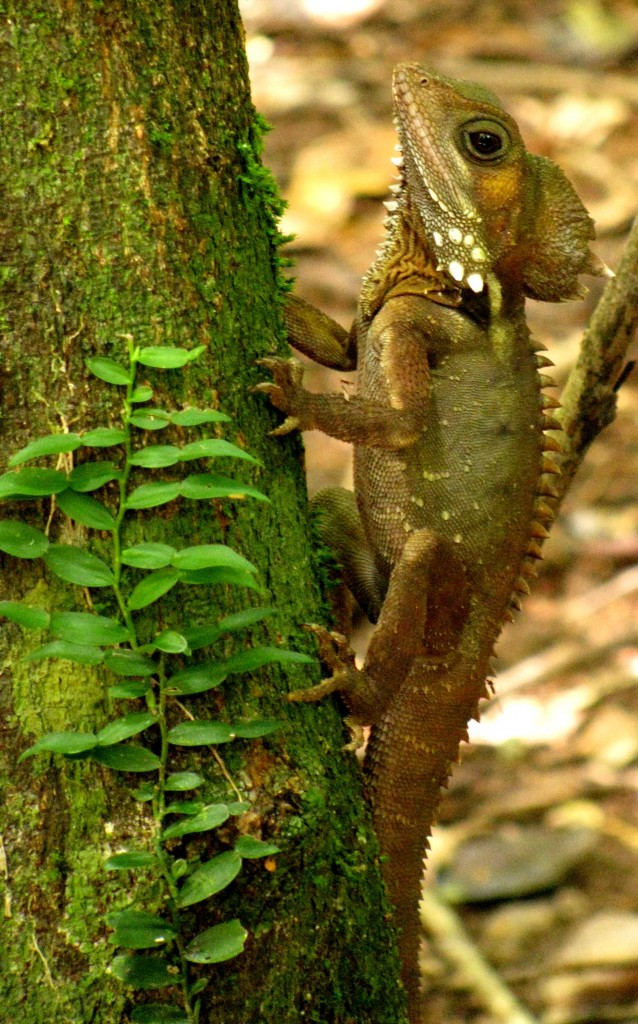
Boyd’s Forest Dragon, Lacey Creek, Tam O’Shanter State Forest, Queensland (© Vilis Nams)
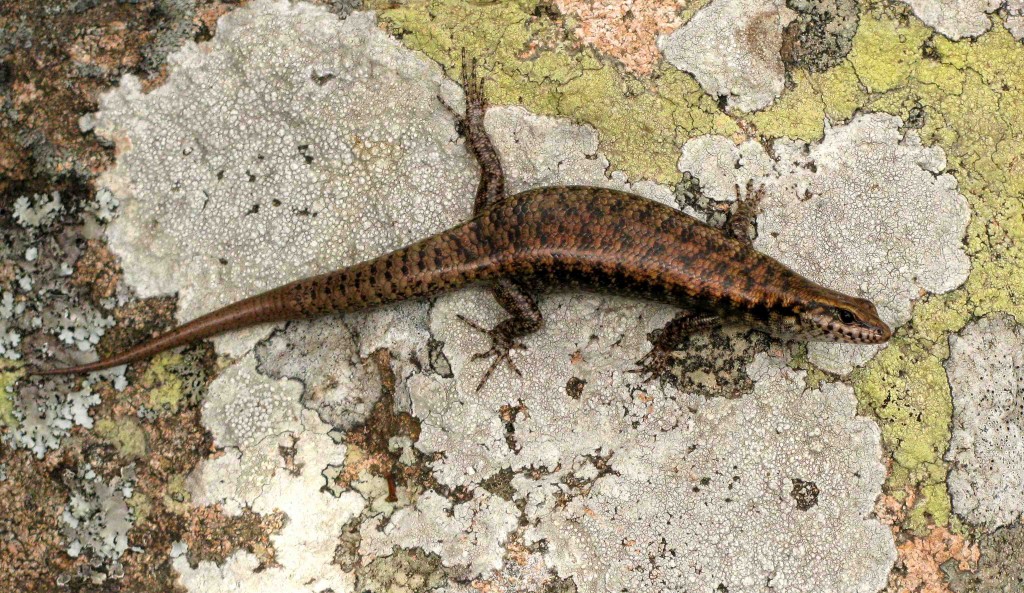
Flecked Rainbow Skink, Mount Stuart, Queensland (© Magi Nams)
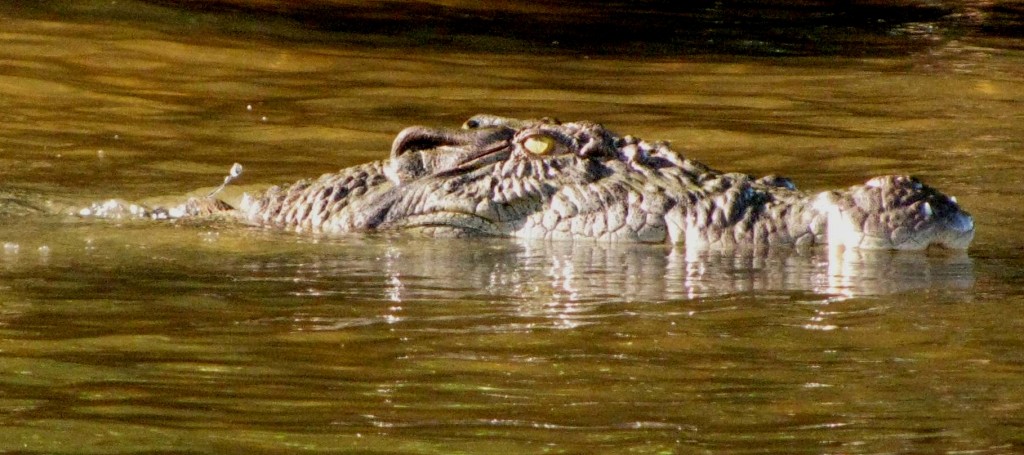
Saltwater Crocodile, Daintree River, Queensland (© Vilis Nams)
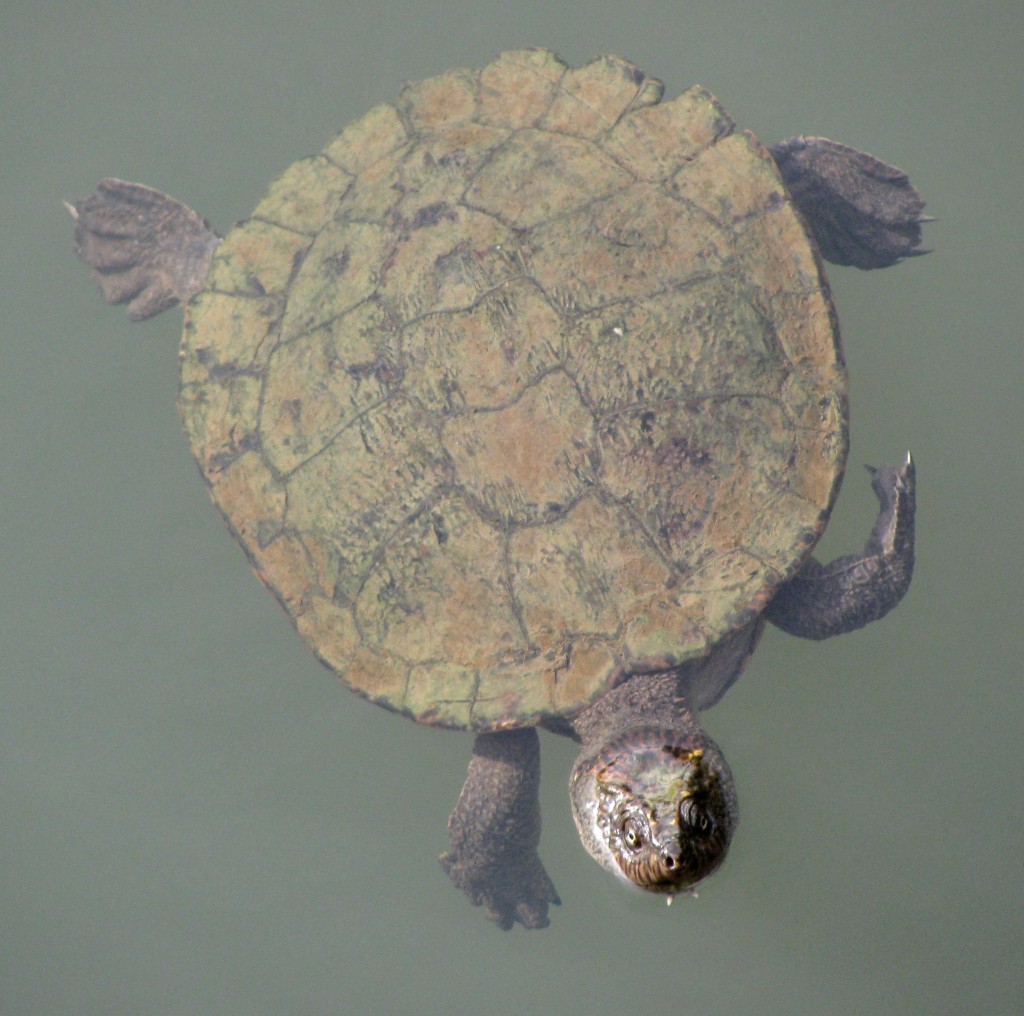
Saw-shelled Turtle, Stoney Creek, Girringun National Park, Queensland (© Magi Nams)
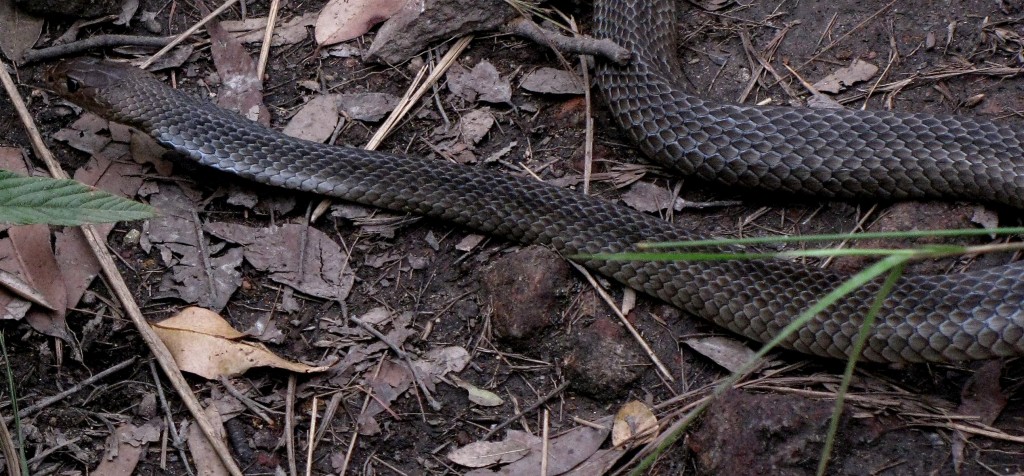
Eastern Brown Snake, Mount Baldy, Atherton Tablelands, Queensland (© Vilis Nams)
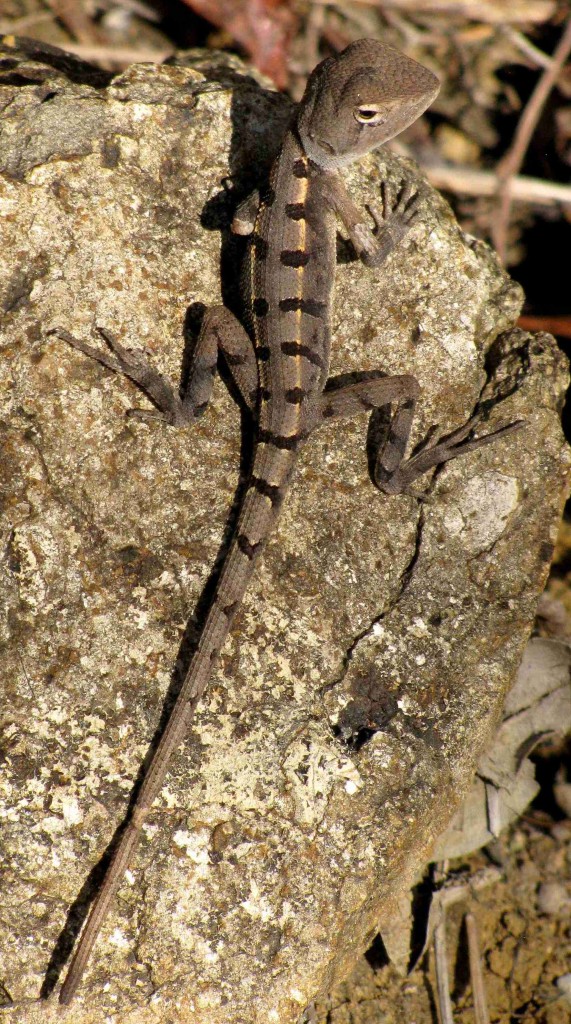
Nobbi Dragon, Alligator Falls Track, Bowling Green Bay National Park, Queensland (© Magi Nams)
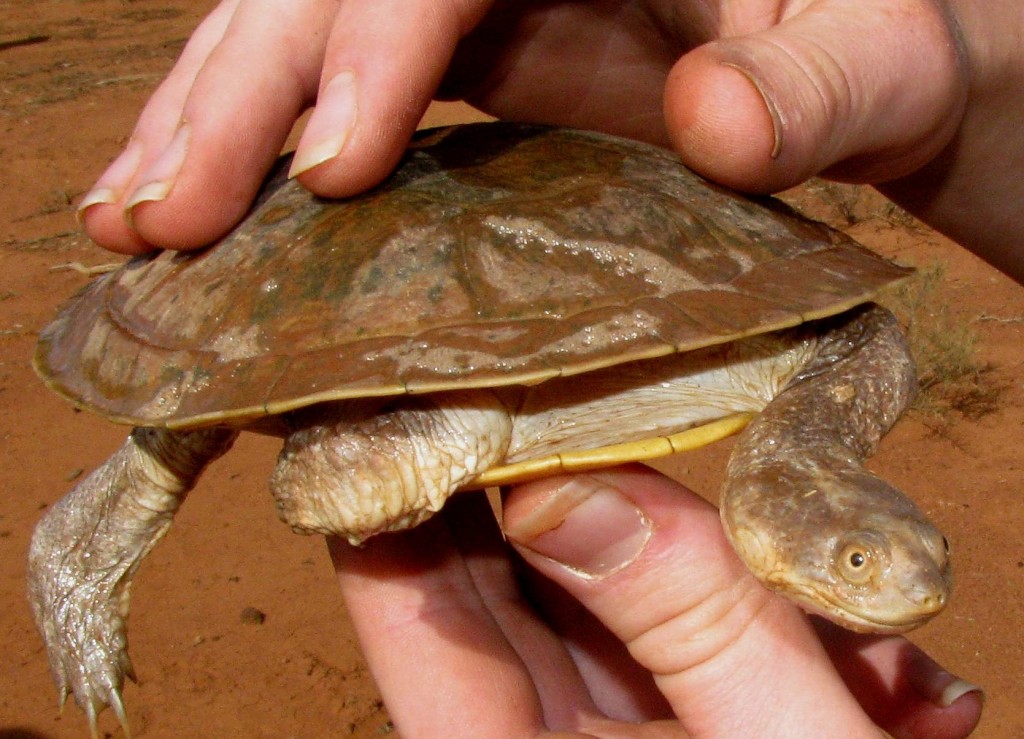
Long-necked Turtle, Western Australia (© Vilis Nams)
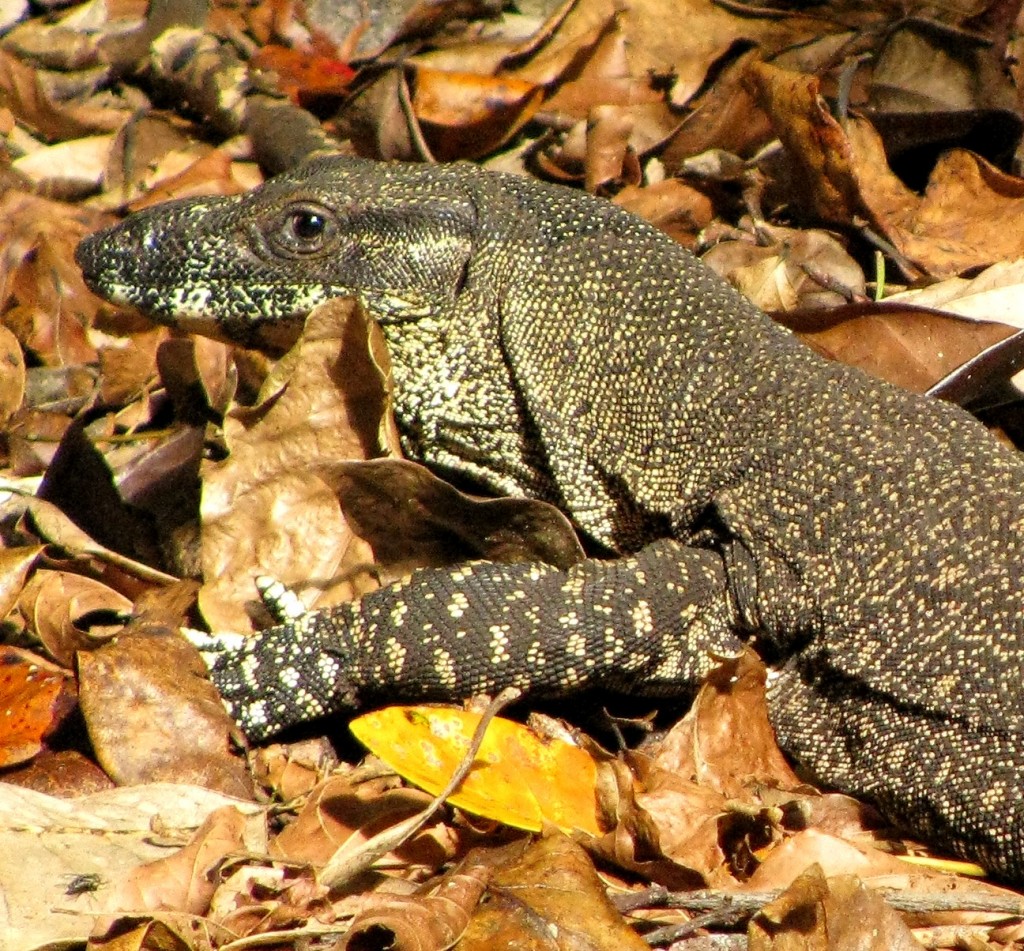
Lace Monitor, Zoe Bay, Hinchinbrook Island, Queensland (© Magi Nams)
Reference:
1. Steve Wilson and Gerry Swan. A Complete Guide to Reptiles of Australia. New Holland Publishers (Australia) Pty Ltd, Sydney, p. 16.

